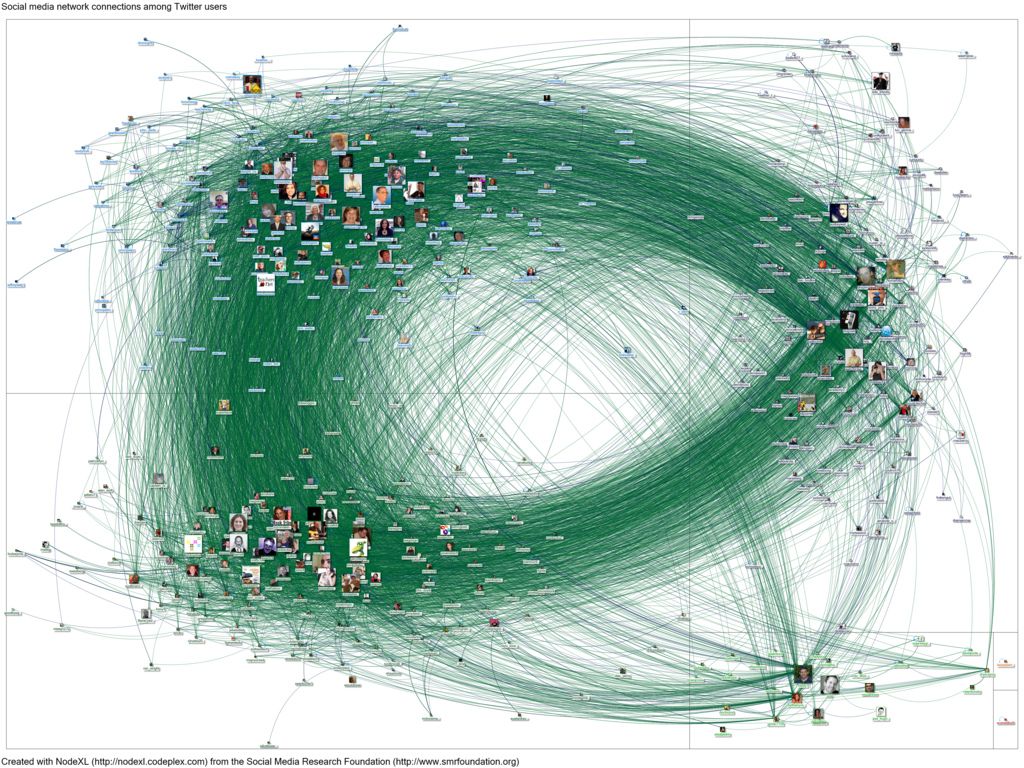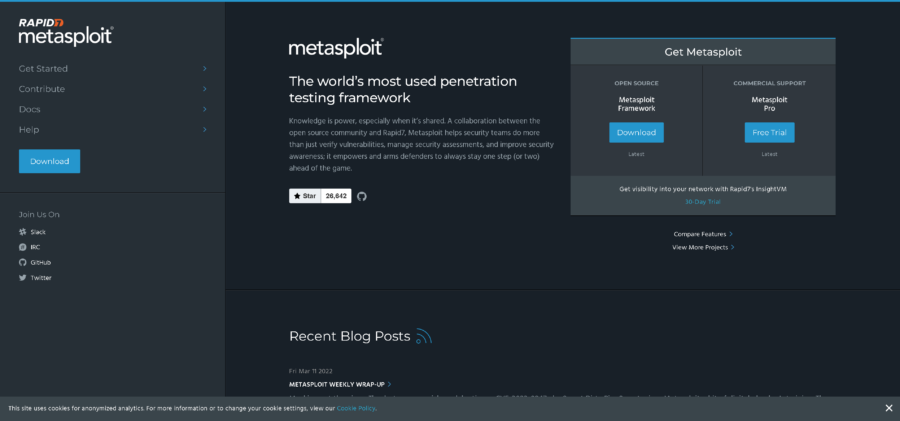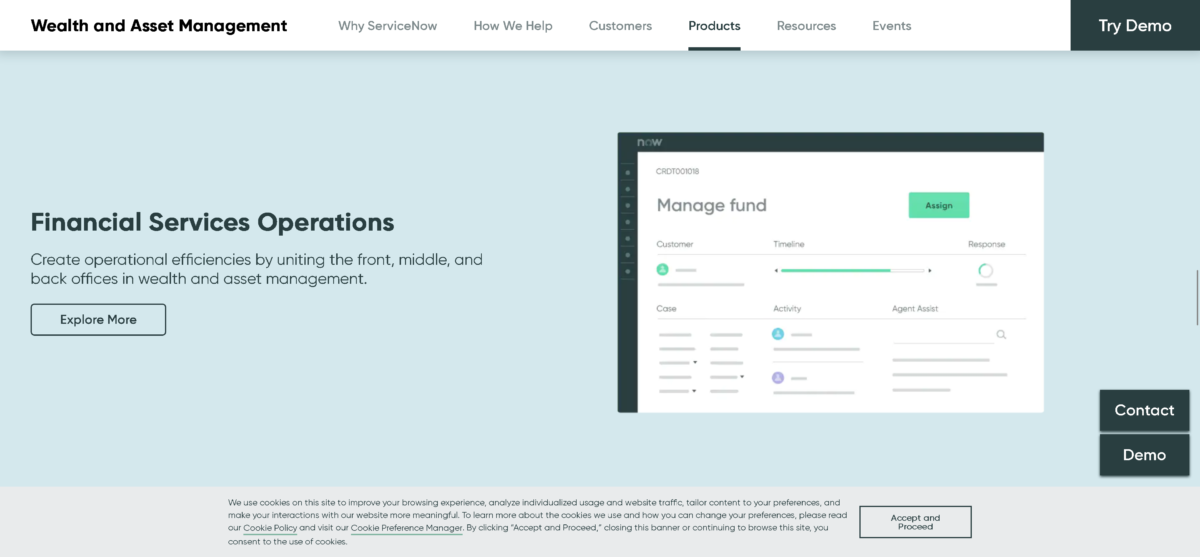For many businesses, the Internet of Things is playing an increasingly important role, influencing day-to-day operations and strategic planning. An ecosystem of growing complexity and sophistication, the IoT calls for careful navigation: advances in connectivity and cloud-based platforms have opened up a wider range of solutions to IT decision-makers in search of number crunching solutions that can deliver insight and drive their organization forward. When talking about this process, commentators tend to sketch the different stages of the Information Value Loop, the way in which information can be harvested and analyzed to yield insights that inform future behaviour. As a theory, the Information Value Loop is unquestionably attractive. But how do we put it into practice? In this article I wanted to address this question from the perspective of someone looking for ways to develop smarter ergonomic solutions.
Research by companies like ARM has done a lot to improve IoT chip design, making smart connected devices more efficient and reducing development risk. It’s possible for manufacturers to collect data from sensors built in to their products, and to combine this information with other data and analyse it in real time. In the kitchen, for example, LG’s HomeChat hub leverages the IoT for consumers by enabling them to control appliances remotely with an app, whether to start the washing cycle so clothes are ready when they get back from work or turn on the ThinkQ oven.
This connectivity can benefit consumers; but how can we use it to derive new insight and identify potential issues or opportunities?
Given the sheer volume of data, the cloud is key to this process. Once generated, the information is transmitted to cloud data centers, where it can be aggregated with similar data sourced from around the world.

(Image Source: Marc Smith)
This is where the process starts to become more complicated: if crossing international borders, companies will be faced with different privacy laws and compliance requirements. The numbers also need to be crunched, and the growing availability of R packages, data analytics tools which can visualized with an API like Google Charts, is making it easier for organizations to address problems specific to their industry and to handle bigger and bigger data sets.
Analytic tools can be made to do different things. At one level, for example, they simply provide a more digestible overview of the data, by rendering it in a more comprehensible form. This kind of descriptive analytics works by showing patterns and wrangling information that may otherwise have been overlooked. More powerful tools go further than this.
A famous example is the way banks use predictive learning to crack down on fraud. Here the more transaction data the system processes, the better it becomes at identifying instances of possible fraud. But in other models, analytics can be harnessed to provide firm recommendations based on prescriptive algorithms. This is where IoT devices can be aligned with behavioral science and Nudge theory, with devices able to advise users on the best course of action in a given scenario. For example, an IoT ergonomic workstation might tell an employee to adjust their posture or screen brightness, or just to take a break.
From cars to slow cookers, then, the IoT is rapidly becoming a feature of domestic and professional life. The challenge for industry is two-fold: on the one hand, we have to develop the tools that can extract as much value and insight as possible from data sets; and on the other, we have to find ways of unearthing realizable insights that can deliver value for customers and stakeholders. Pulling off this double goal is no mean feat. But the benefits for ergonomics and workplace health alone make it a worthwhile objective and, potentially, a game-changer.
By George Foot





